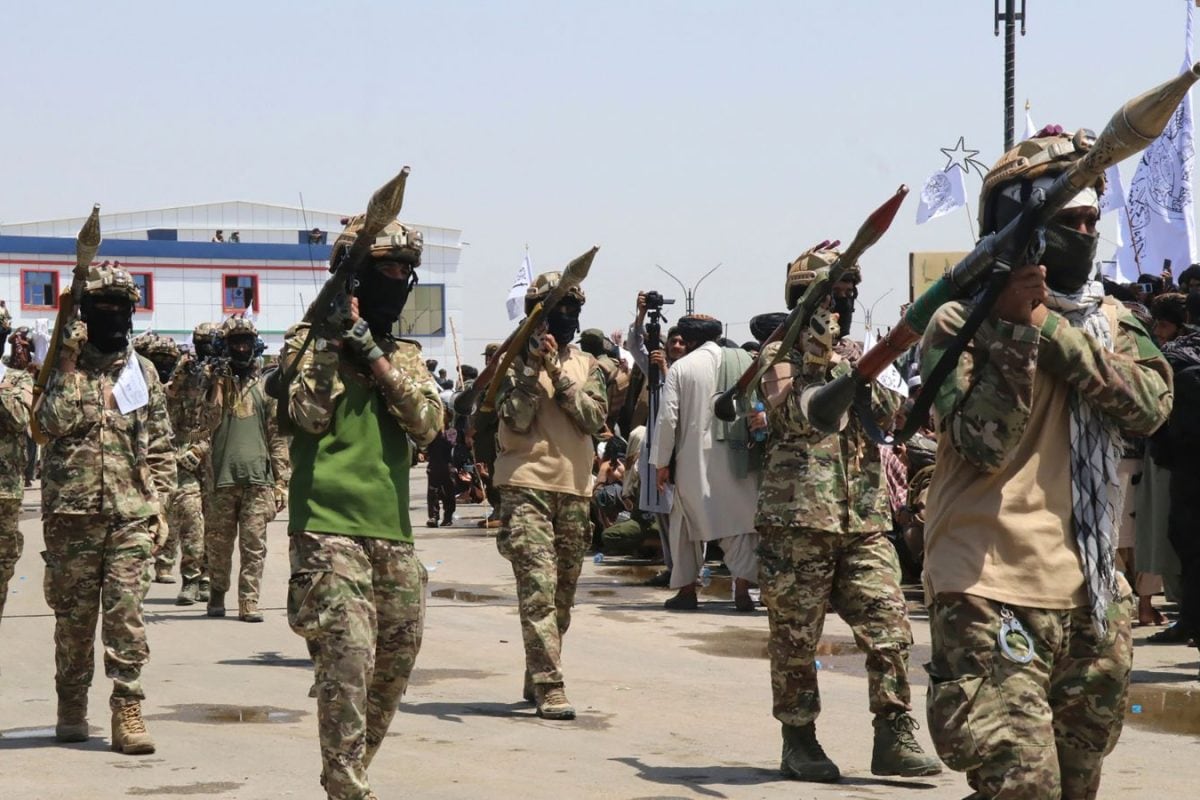Tensions Rise Predictably
The Indian government's assessment of the Pak-Afghan border clashes reflects a recognition of the deeply rooted issues in the region. The Durand Line,
a demarcation established over a century ago, has long been a source of friction between Pakistan and Afghanistan. India's observation that the recent clashes were 'not unexpected' suggests an awareness of the potential for conflict, given the history of border disputes, cross-border movements, and the overall security environment. This suggests India is closely monitoring the situation, understanding the implications for regional stability and its own strategic interests. The statement reflects a nuanced understanding of the complex interplay of historical grievances, political dynamics, and security concerns that define the Durand Line.
Durand Line: A Flashpoint
The Durand Line, despite its longevity, remains a contentious point of contention between Pakistan and Afghanistan. Established in 1893 by Sir Mortimer Durand, the line was intended to delineate the spheres of influence between British India and Afghanistan. It's been a source of ongoing disagreement, with Afghanistan never officially recognizing it as a legitimate border. The situation is exacerbated by the presence of various ethnic groups divided by the line, often leading to cross-border movements and conflicts. The rugged terrain and porous nature of the border further contribute to the challenges of maintaining security and stability. The ongoing debate about the legitimacy and implications of the Durand Line is a central factor driving the tensions that have led to recent clashes.
Regional Implications Unfold
The clashes along the Durand Line carry significant implications for regional stability. Such incidents can escalate tensions, potentially drawing in other actors and impacting diplomatic relations. India's focus on the situation reflects its strategic interest in the region, as it shares borders with both Pakistan and Afghanistan. The instability on the Durand Line could have ripple effects, including impacts on trade, security, and the movement of people. The situation is further complicated by the presence of various armed groups operating in the area, adding another layer of complexity to the security landscape. For India, the implications extend to its broader foreign policy objectives, including promoting regional peace and cooperation, and its ability to contain any spillover effects from this volatile border.
India's Strategic Outlook
India's stance on the Pak-Afghan clashes is influenced by its strategic interests and its long-standing relationships in the region. India has historically maintained close ties with Afghanistan and has concerns about the rise of extremist elements. Furthermore, India's relationship with Pakistan is also a key factor. New Delhi closely monitors events along the Durand Line, analyzing the potential impact on regional dynamics. India has been involved in development projects in Afghanistan and has been a supporter of a stable, democratic Afghanistan. India's response to the clashes reflects a cautious approach, recognizing the complexities and potential consequences of the situation. This approach is guided by the need to protect its interests while advocating for peaceful resolutions.



